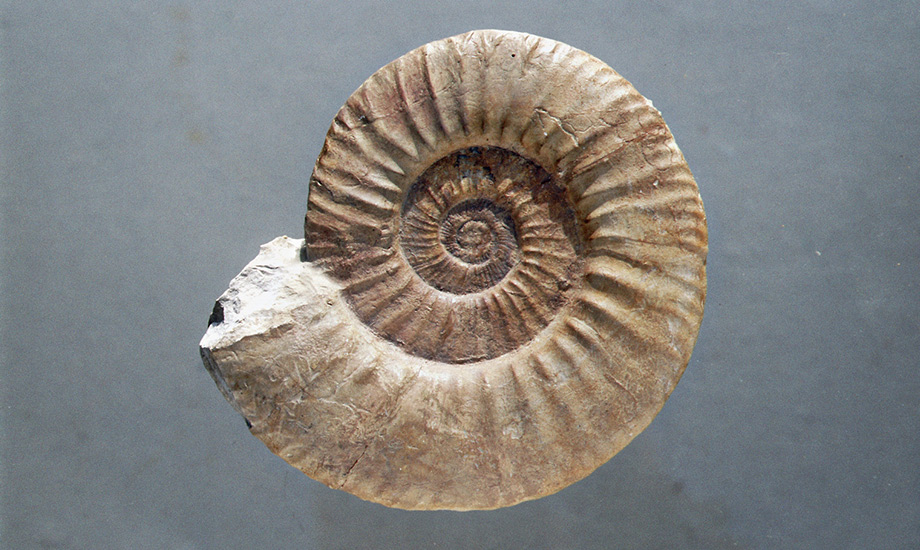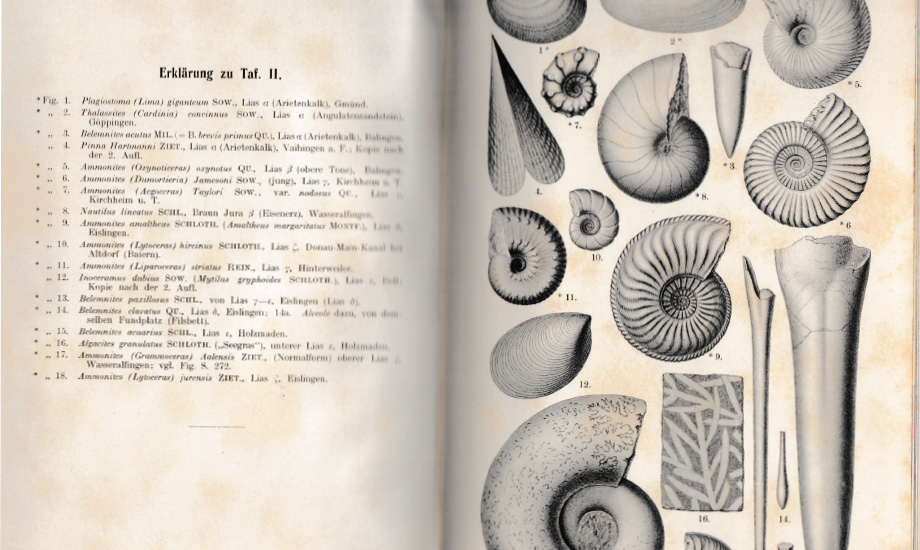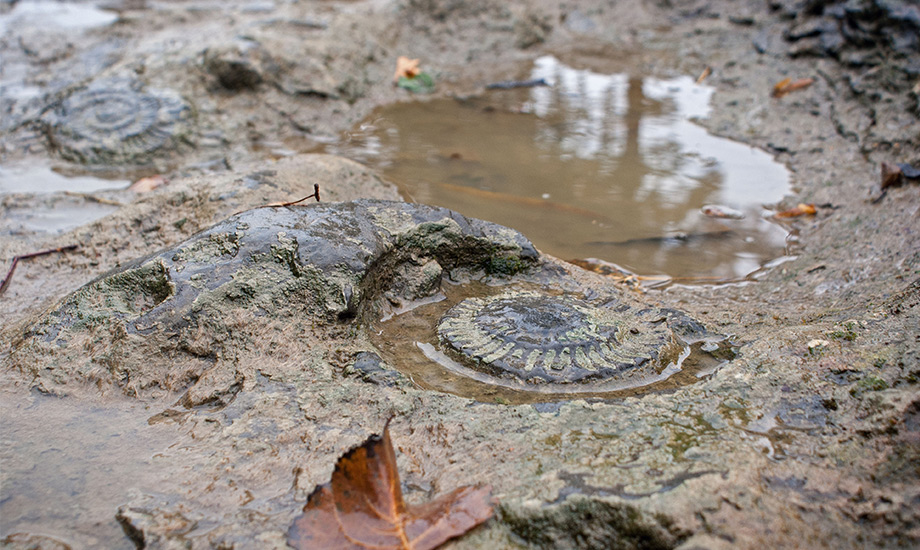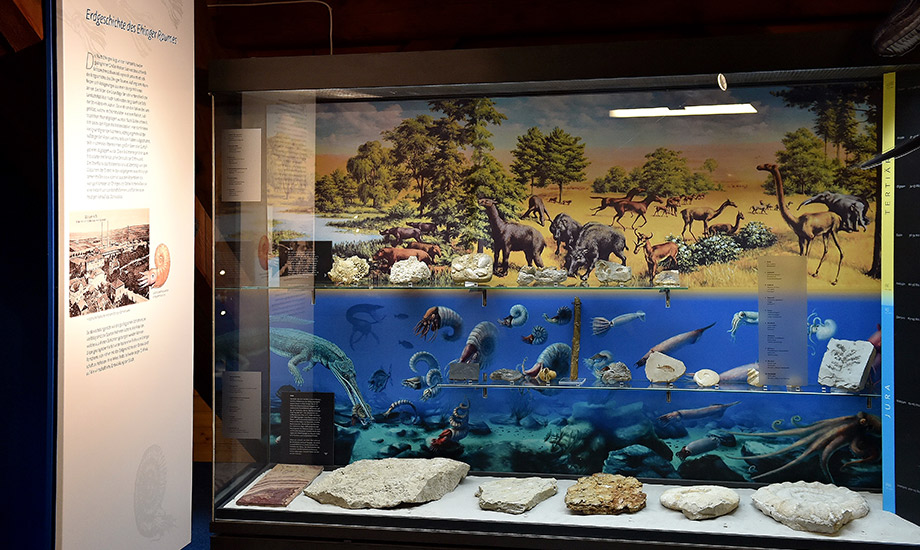Index fossils: Time markers of the earth's history
When researching the history of the earth, scientists are constantly confronted with the question of the age of a rock layer. Relative age determination gives a rough indication. Although it does not provide information about the absolute age, it allows us to classify a rock layer in a chronological sequence.
For instance, if similar marine sediments containing the same fossils are found in different places, it is quite possible that they were deposited at the same time. Fossils are good indicators as they are easily recognizable. They were very common for a certain time and quickly died out after this short heyday.
They are assigned as so-called index fossils to a specific time period and its deposited rock layers. If you find such a fossil, you therefore know immediately the section of the stratigraphic sequence. The well-known natural scientist Friedrich August Quenstedt structured the Jurassic strata of the Swabian Alb in the 19th century according to this method and used the numerous ammonites for this purpose. The easily distinguishable ammonite species fulfill all requirements for an index fossil.





